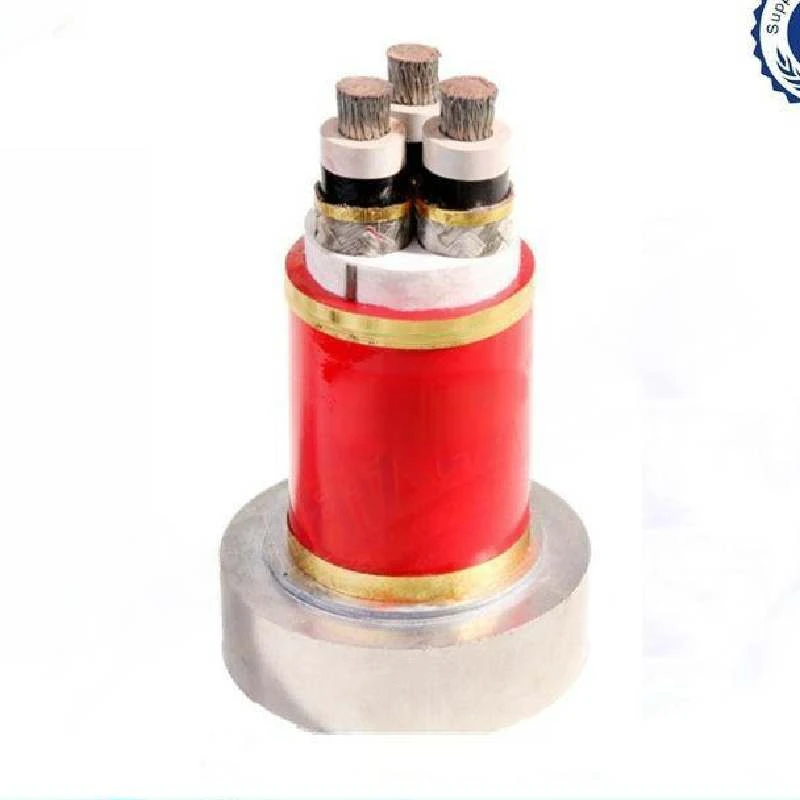Nov . 09, 2024 11:04 Back to list
Understanding the Functionality and Applications of Swing Check Valves
Understanding Swing Check Valves Functionality and Applications
Swing check valves play a vital role in various fluid systems, serving as a critical component in ensuring the unidirectional flow of liquids and gases. These valves are designed to prevent backflow, allowing fluid to flow only in one direction. In this article, we will explore the functionality, construction, applications, and advantages of swing check valves.
Functionality of Swing Check Valves
The primary function of a swing check valve is to allow fluid to flow through it when the pressure on the inlet side exceeds the pressure on the outlet side. This is achieved through the use of a hinged disc or flap that swings open to permit flow and swings closed under the influence of gravity or back pressure, thereby preventing reverse flow. The simplicity of this design makes swing check valves an efficient solution for backflow prevention in various industries.
Construction and Design
A swing check valve typically consists of a body, a disc, and a hinge. The valve body is the outer casing that houses the internal components and connects to the piping system. The disc is the moving part that swings on a hinge attached to the valve body. This disc can be made of different materials, depending on the application requirements, including brass, stainless steel, and plastic. The choice of material is critical, as it affects the valve's resistance to corrosion, temperature, and pressure.
Swing check valves can be classified into two main types based on their design the horizontal and vertical swing check valves. Horizontal swing check valves are designed to be installed in horizontal piping systems, while vertical swing check valves are used in vertical installations. Additionally, some swing check valves feature a spring-loaded mechanism that aids in closing the valve more quickly, ensuring optimal backflow prevention.
swing check valve

Applications of Swing Check Valves
Swing check valves are widely used across various industries, including water treatment, oil and gas, HVAC systems, and chemical processing. In water treatment facilities, for example, they prevent the backflow of contaminated water into clean water supplies. In the oil and gas industry, these valves protect pipelines from backflow pressure, which could potentially lead to leaks or spills. HVAC systems utilize swing check valves to ensure the proper flow direction in heating and cooling applications.
Advantages of Swing Check Valves
One of the significant advantages of swing check valves is their low-pressure drop, which means they do not impede the flow of fluid significantly, making them energy-efficient. They are also relatively simple and durable, requiring minimal maintenance compared to other types of valves. Furthermore, swing check valves can handle large volumes of fluid, making them suitable for various high-flow applications.
Another key advantage is their ability to function effectively in both high and low-pressure systems. Unlike other check valves that may be sensitive to flow velocity, swing check valves are less likely to malfunction, which is crucial in maintaining system integrity and safety.
Conclusion
In summary, swing check valves are indispensable components in fluid systems, offering reliable backflow prevention and contributing to the safe and efficient operation of various industrial processes. Their simple design, durability, and versatility make them a preferred choice across numerous applications. As industries continue to prioritize safety and efficiency, the importance of swing check valves will only continue to grow, underscoring their role in modern engineering and fluid mechanics.
Share
-
Reliable Wafer Type Butterfly Valves for Every IndustryNewsJul.25,2025
-
Reliable Flow Control Begins with the Right Ball Check ValveNewsJul.25,2025
-
Precision Flow Control Starts with Quality ValvesNewsJul.25,2025
-
Industrial Flow Control ReliabilityNewsJul.25,2025
-
Engineered for Efficiency Gate Valves That Power Industrial PerformanceNewsJul.25,2025
-
Empowering Infrastructure Through Quality ManufacturingNewsJul.25,2025